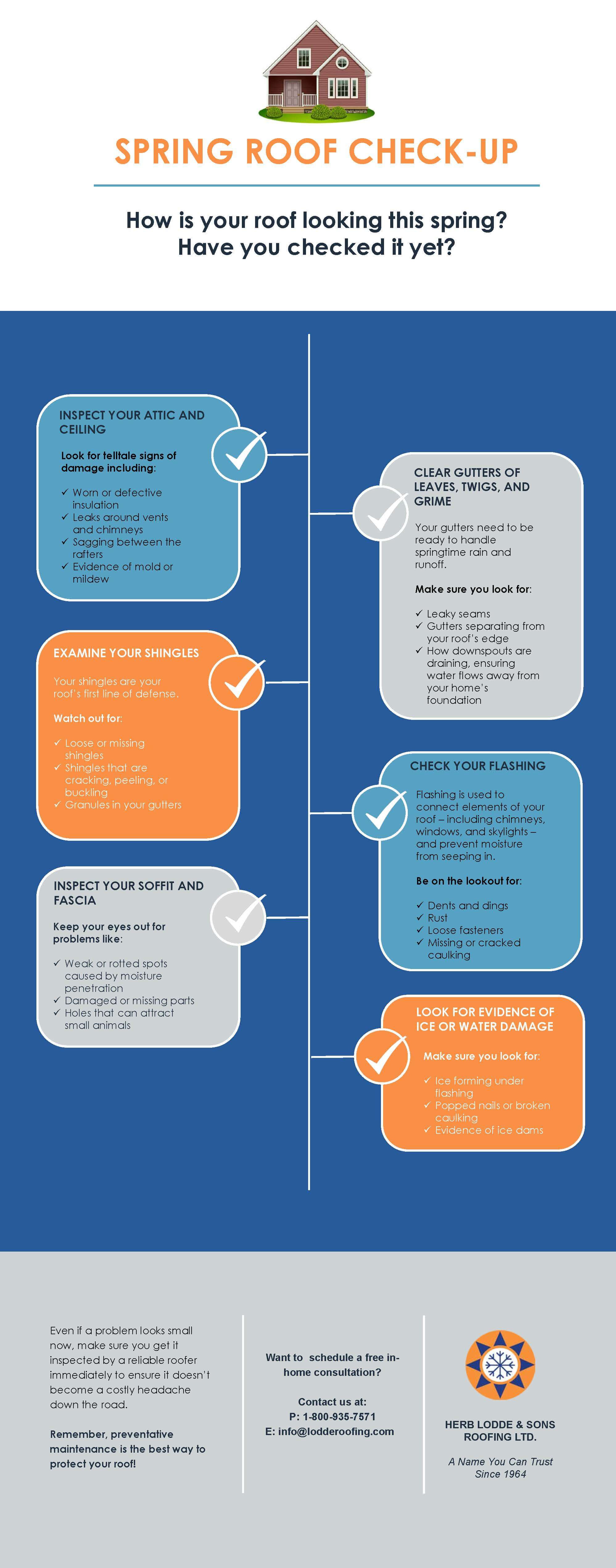Solar Power Vs. Typical Energy Sources: A Detailed Comparison
Solar Power Vs. Typical Energy Sources: A Detailed Comparison
Blog Article
Write-Up Created By-Nicolajsen Stein
When examining the feasibility of solar energy versus traditional energy resources, you may find yourself contemplating the lasting sustainability and influence on your finances. The complex equilibrium between first prices, continuous expenses, and environmental ramifications raises sixty-four-thousand-dollar questions concerning the future of power generation. As you browse via the intricacies of this contrast, a deeper understanding of the nuances in cost-effectiveness, ecological stewardship, and power protection awaits exploration.
Cost-Effectiveness Comparison
When comparing the cost-effectiveness of solar energy with standard energy resources, it becomes evident that preliminary financial investment differences play an essential role in establishing lasting cost savings.
While solar power systems need a greater ahead of time financial investment for setup and devices, they provide substantial lasting advantages that can surpass the preliminary costs. The key lies in recognizing that solar power systems have very little continuous operational and maintenance costs compared to conventional energy resources like nonrenewable fuel sources.
By purchasing solar power, you can possibly reduce energy bills over the system's lifespan. Furthermore, with improvements in innovation and decreasing installment costs, solar energy has come to be more accessible and inexpensive for property owners and organizations alike. These savings can collect gradually, offering a roi that goes beyond standard energy sources.
Additionally, solar energy systems supply the advantage of energy freedom and security versus changing utility prices. By using the power of the sunlight, you add to a cleaner setting and lower your carbon impact. Welcoming https://www.cnbc.com/2022/08/13/how-to-qualify-for-inflation-reduction-act-climate-tax-breaks-rebates.html yet likewise the world in the future.
Environmental Impact Analysis
Solar energy presents a promising choice to conventional power resources as a result of its dramatically lower ecological influence. Unlike nonrenewable fuel sources that produce harmful greenhouse gases and contribute to air pollution, solar power produces power without generating any discharges.
cost for solar panel installation of harnessing solar power includes capturing sunlight via photovoltaic panels, which doesn't launch any type of pollutants right into the environment. This lack of exhausts helps reduce the carbon impact connected with energy manufacturing, making solar power a cleaner and extra lasting alternative.
In addition, the use of solar power contributes to preservation efforts by minimizing the demand for finite sources like coal, oil, and natural gas. By counting on the sun's abundant and renewable resource resource, we can aid maintain all-natural environments, safeguard communities, and minimize the unfavorable influences of resource extraction.
Dependability and Power Landscape Analysis
For a comprehensive assessment of integrity and the power landscape, it's vital to evaluate how solar energy compares to standard resources. Solar power is making headway as a reliable and sustainable power source. While traditional resources like coal, oil, and natural gas have actually been traditionally dominant, they're finite and contribute to environmental destruction.
Solar power, on the other hand, is abundant and eco-friendly, making it a much more lasting choice in the long run.
In terms of dependability, solar power can be depending on weather and sunlight accessibility. Nonetheless, innovations in technology have resulted in the advancement of energy storage remedies like batteries, boosting the reliability of solar energy systems. Typical sources, however, are prone to price variations, geopolitical tensions, and supply chain disruptions, making them much less reputable in the long term.
When assessing the energy landscape, solar energy supplies decentralized energy production, minimizing transmission losses and raising energy safety and security. Standard resources, with their centralized power plants, are a lot more prone to disruptions and require substantial infrastructure for circulation.
Conclusion
Finally, when comparing solar power to typical power sources, it is clear that solar energy uses a cost-effective, eco-friendly, and trusted choice. With minimal operational costs, potential savings on utility bills, and a substantially lower ecological impact, solar power is coming to be a much more lasting and safe option. Welcoming solar energy can help in reducing greenhouse gas discharges and add to conservation efforts, making it an engaging selection for the future.
